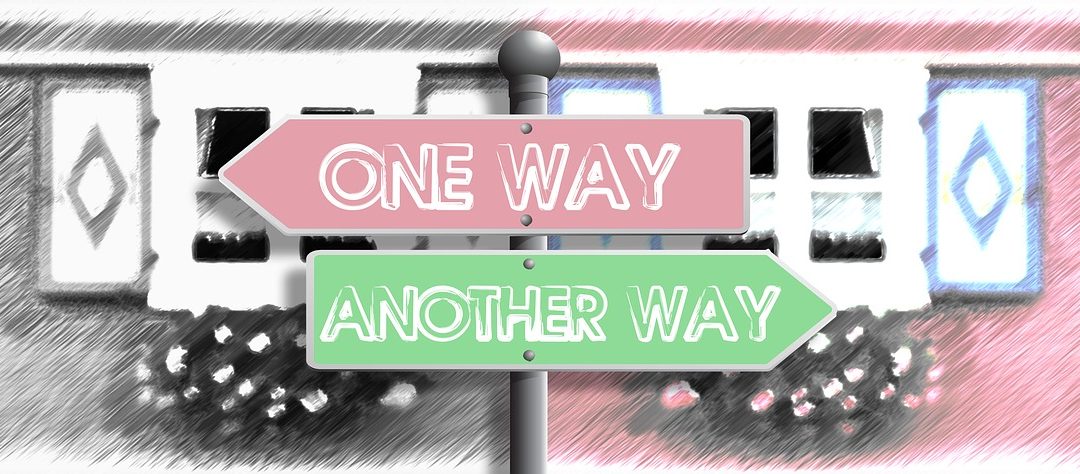As I’ve suggested with some regularity, the only way we’re going to achieve innovation is to stop talking about and aspiring to it. Because it will never be consistently defined, it will never be implemented in any coherent, constructive fashion. The same is true for every faux concept fabricated from buzzwords, jargon, and trends du jour.
Are we, therefore, condemned to stagnation? Positively not. But if we want to get the most out of our human capacities for creativity and ingenuity, we’ll have to change our approaches, particularly to the people who serve our organizations.
Case in point: This article from the increasingly detached Harvard Business Review is as good an indication as any of the chimerical shibboleths we continue to chase in pursuit of trendy popularity, undiscerning readers, or good old-fashioned inanity: “Help Employees Innovate by Giving Them the Right Challenge“.
You can read the article in its entirety if you like. But in deference to your time and sanity, I’ve digested its obligatory prescriptions here:
- Find the challenge sweet spot.
- Remember that challenge trumps capacity.
- Aim for 70%.
I take exception to the article’s two fundamental premises — that organizational leaders should (1) expect people to innovate and (2) challenge them. Maybe it’s my anti-authority streak. Or maybe it’s the fact that I break out in terminal hives if I get anywhere near arbitrary hierarchies. I don’t know. But I do know conscientious, capable people don’t need to be browbeaten with innovation. And they don’t need to be challenged.
Accordingly, I offer three alternatives to the article’s three exhortations:
- Mind your own business. I was once in the office of a graphic designer, in a company that will remain unnamed. The drywall extended about two-thirds of the way to the ceiling. The rest of the wall was glass. As I sat facing the designer with my back to the wall, she kept lifting her gaze above my head. Just as I realized someone must have been peering through the glass, the door opened. A disarmingly dopey-looking dude entered. He began hectoring the designer about his perceived need to have whatever print project she was working on three-hole punched. She calmly explained to him why no such thing was needed. He angrily demanded the product be three-hole punched and stormed out. “Who was that nitwit?” I respectfully inquired. “The CEO,” she dejectedly replied. The company was the CEO’s business. The graphic designer’s job was not. He should have minded his.
- Get the hell out of the way. If you’ve clearly communicated what needs to be done, trust your team to get it done. Every one of your preferences, predilections, and predispositions becomes a psychological obstacle for your team to circumvent.
- Settle for nothing. Ralph Waldo Emerson said, “We aim above the mark to hit the mark.” If your team members know you’ll settle, so will they. By the same token, if your team members know you strive to excel, so will they.
Getting the most out of your organization’s performance isn’t about challenging your people. It’s about challenging yourself. If you give yourself the right challenges, your people will respond to every one of them.
And for God’s sake, stop talking about innovation. It’ll be called something else next week anyway.
—
Image by geralt, courtesy of pixabay.com.

